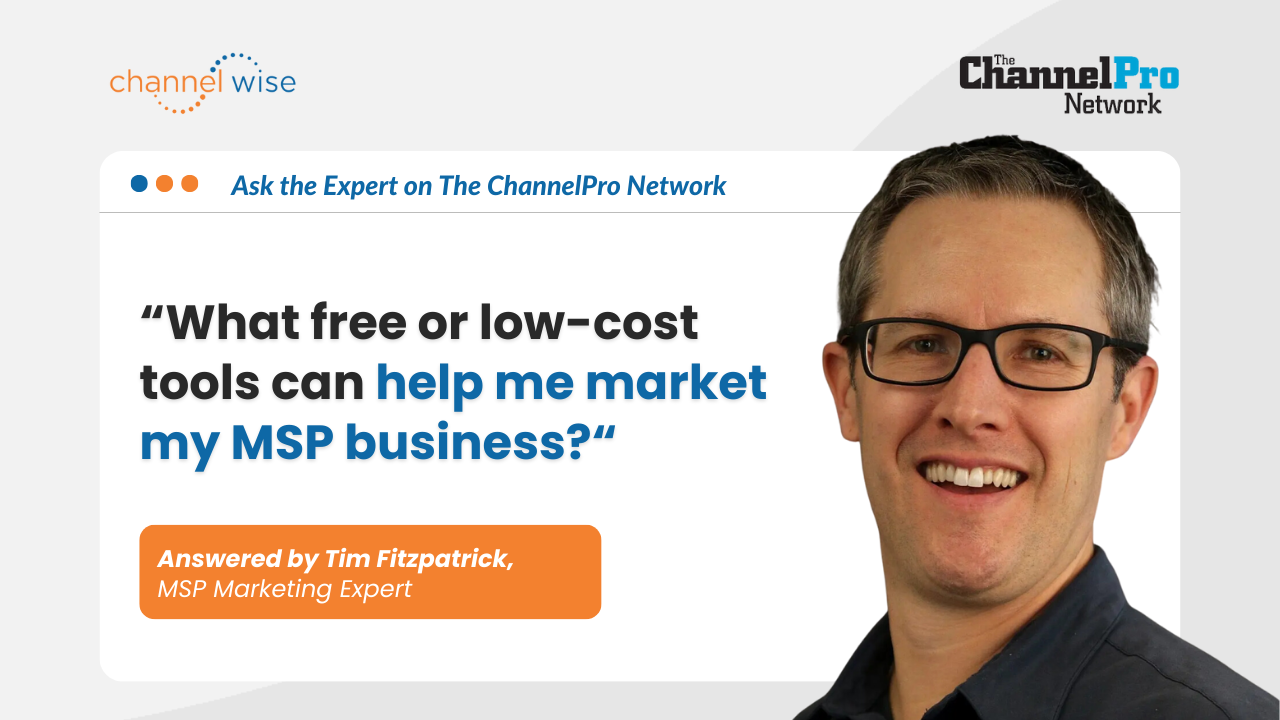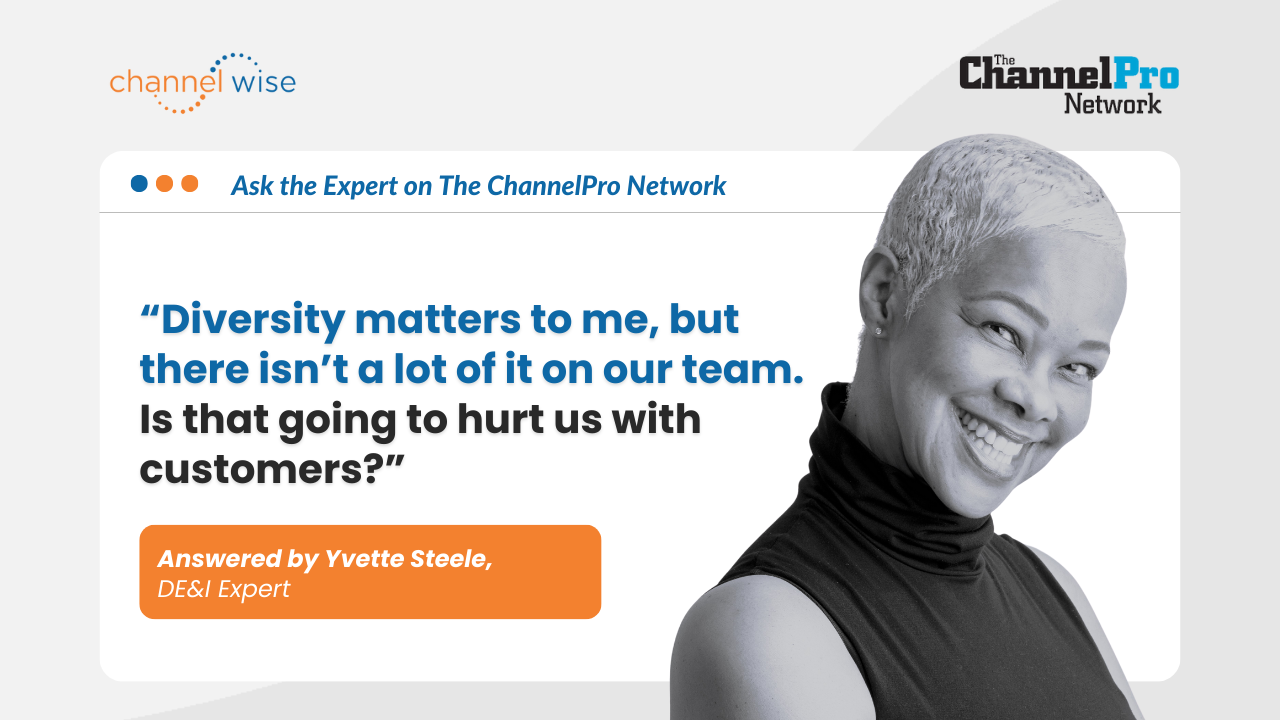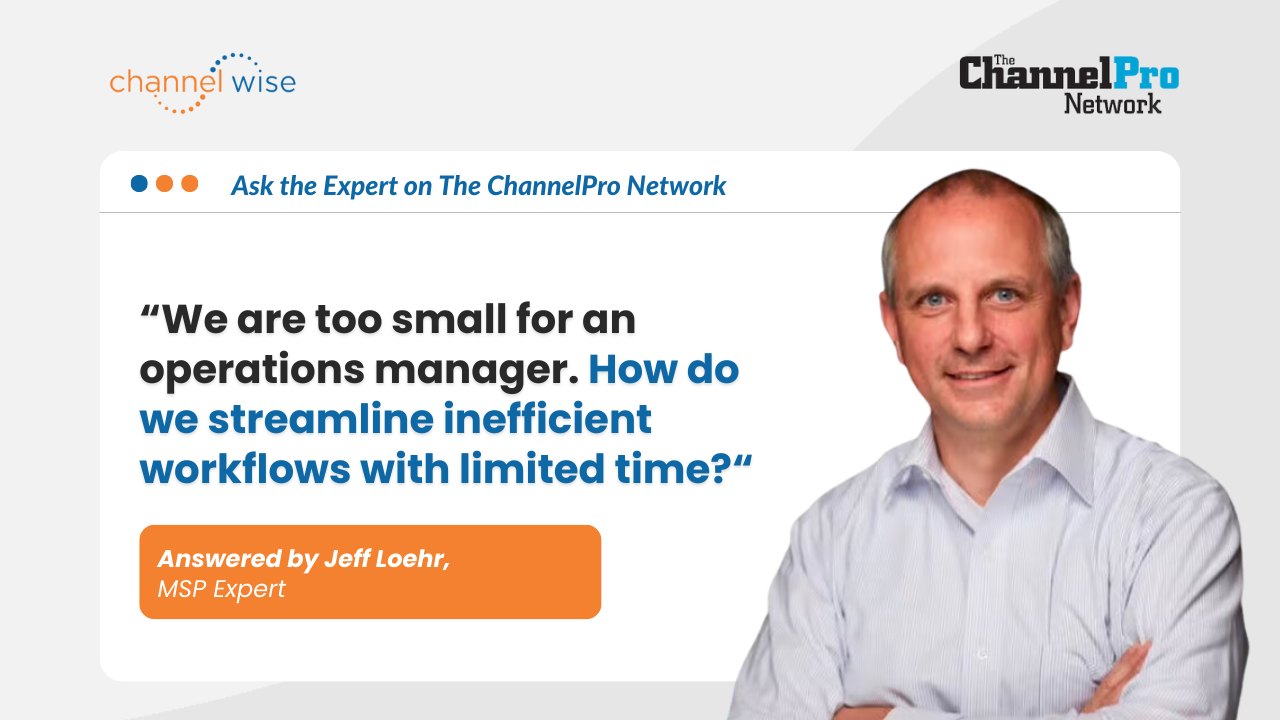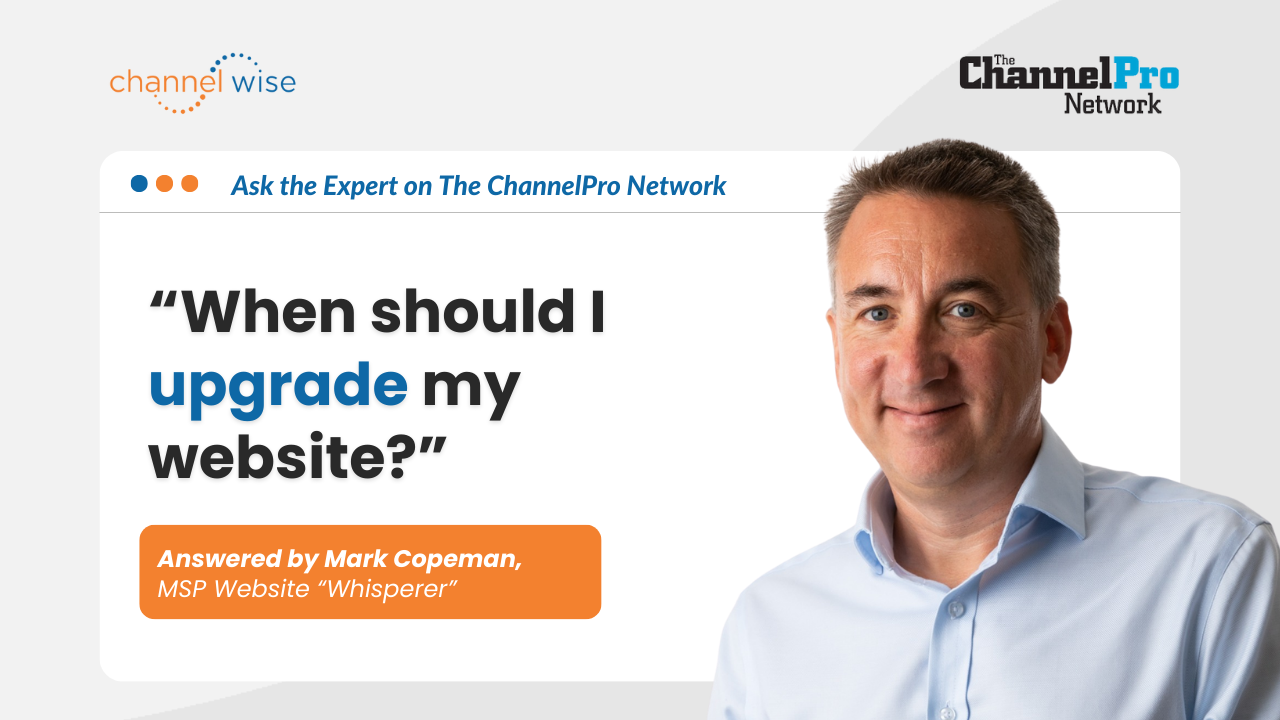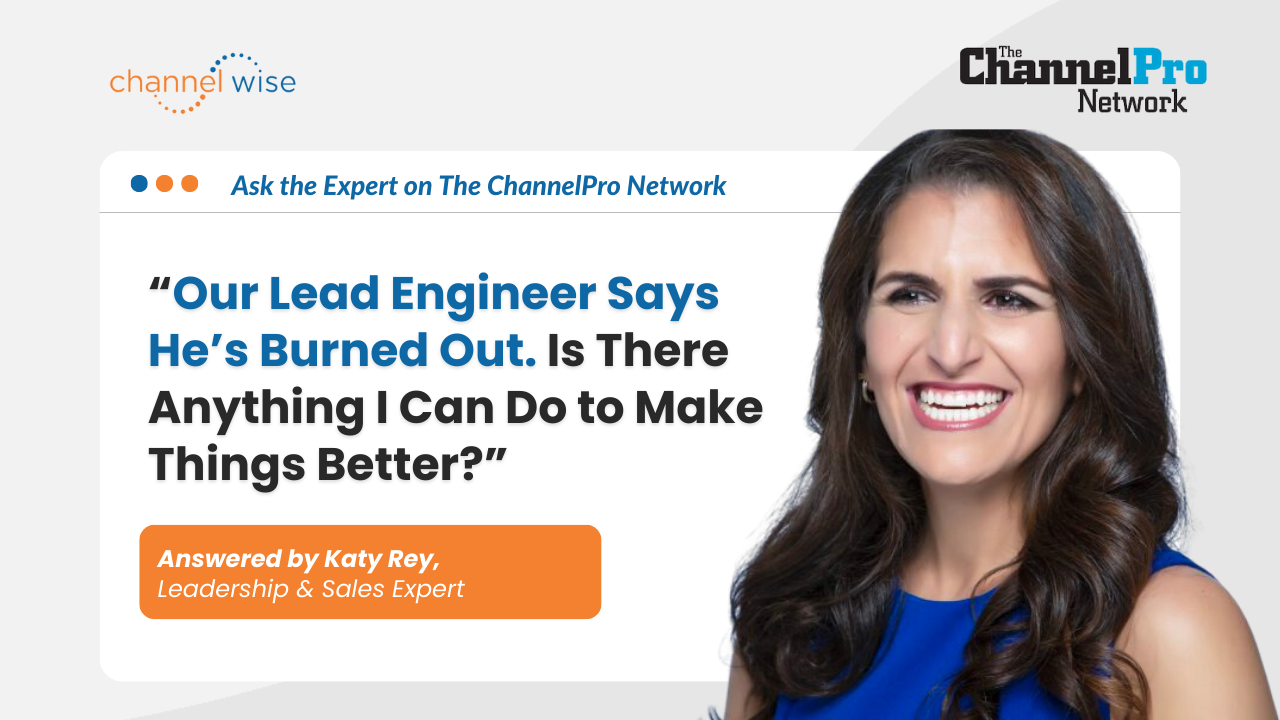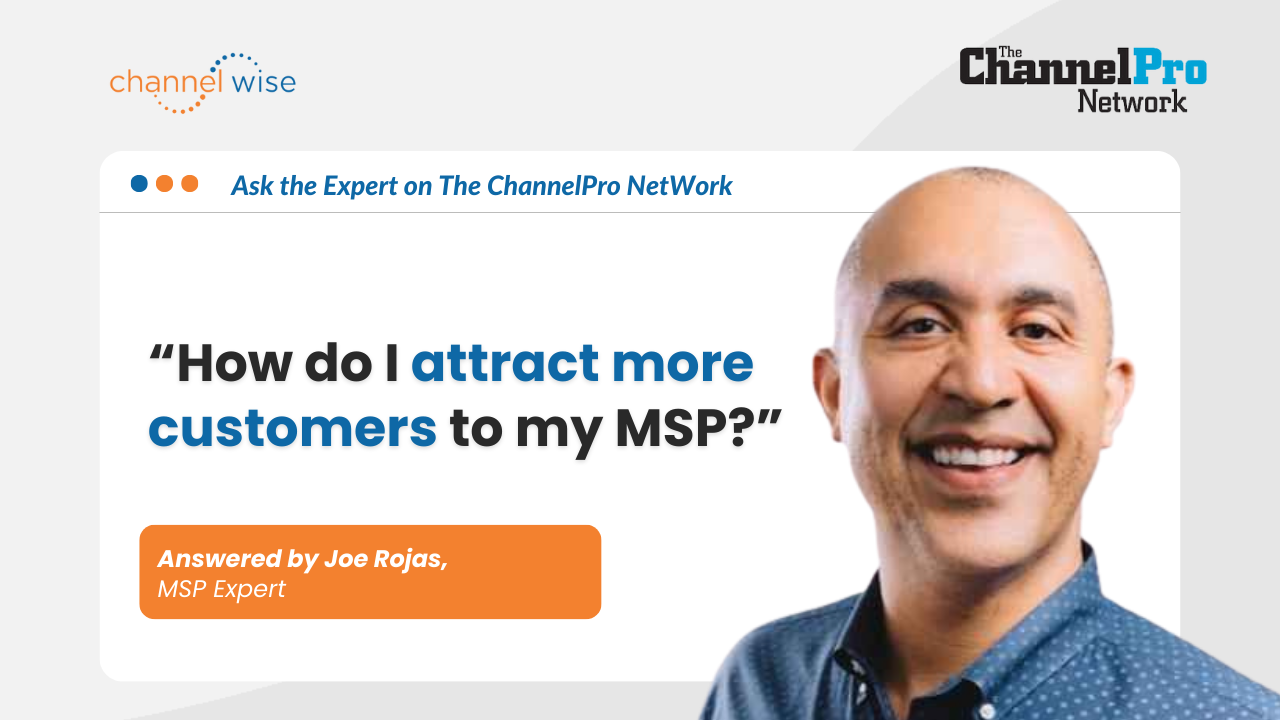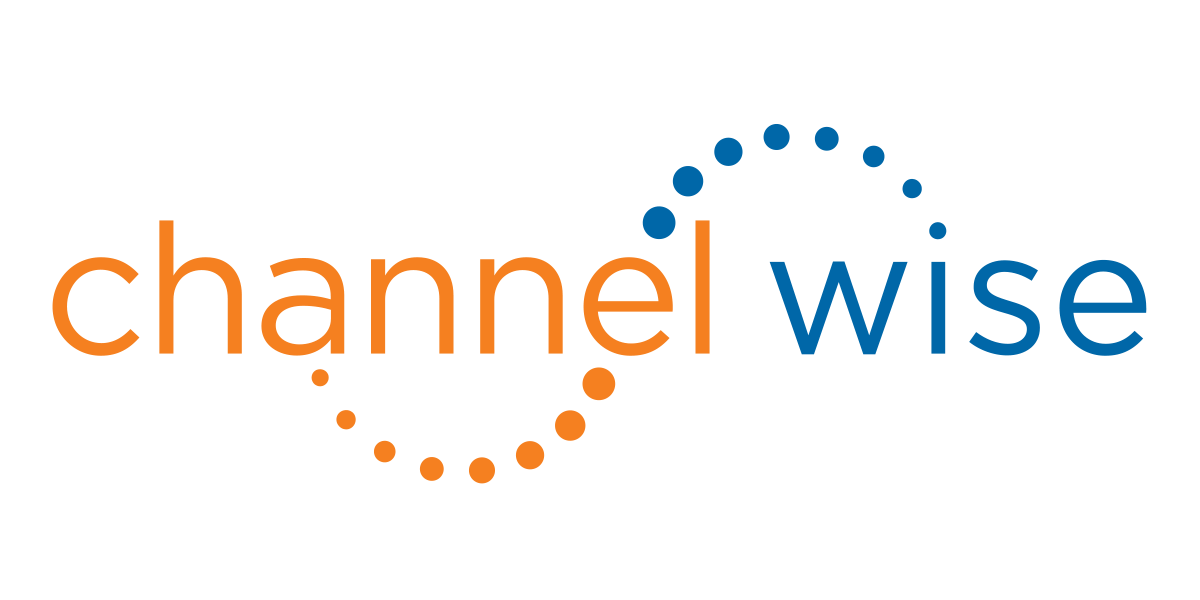How Mergers & Acquisitions Impact the Channel with Dany Bouchedid
Click here to watch the replay:

Mergers and acquisitions have become increasingly common in business, and the channel is no exception. With the rise of private equity (PE) firms and their influence on the industry, many partners are considering consolidation to stay competitive.
In this Ask the Expert Episode, Kris Blackmon, Chief Channel Officer of JS Group, interviewed
Dany Bouchedid on behalf of channelWise. Dany is the Chief Executive Officer of COLOTRAQ and a channelWise Expert. As an experienced player in the channel space, Dany provided his valuable advice for partners looking to navigate the changing landscape in this interview.
Highlights:
- Mergers and acquisitions have become increasingly common in the channel industry due to the rise of private equity firms and their influence on the industry.
- Partners should only consider mergers and acquisitions if they see a return on investment, not just to add scale. Private equity firms may bring a fresh perspective but don't always understand the traditional channel.
- While consolidation can be driven by private equity money, concerns arise about the dissolution clause that comes with the money. It's important to be disciplined and say no unless the full amount plus the return can be paid back.
Tell us a little about COLOTRAQ, its history, and how it evolved to its current state.
COLOTRAQ was founded by us in 1999 as a design and build firm that focused on converting old-school NOCs into data centers for telcos. After the dot-com bubble burst, we developed a B2B marketplace for data centers that successfully brought together buyers and sellers of co-location. As the industry evolved, we adapted and signed up strategic partnerships with vendors that could fulfill all of the data center infrastructure needs of an enterprise or business.
In 2009, we opened up to subagents and developed an indirect channel. We remain specialized and laser-focused, with a couple of hundred partners that know data center deployment and are involved with major enterprises doing data center deployment. We never relied on our vendors' multimillion-dollar MDF (Market Development Funds) commitments to keep going during the lockdown, as we grew organically from our own EBITDA (Earnings Before Interest, Taxes, Depreciation, and Amortization). We are proud to remain completely organic and not take PE (Private Equity) money.
When did market consolidation start picking up steam in the channel, and how did it manifest from your perspective?
Market consolidation started picking up steam relatively recently, in the past decade or so, beginning with the INTELYSIS ScanSource transaction, which was a specific strategic acquisition for ScanSource.
While vendors have always thought about consolidation and done it in any vertical, the flurry of consolidation in the channel began with the lockdown. When the lockdown happened, all MDF funds dried up for the year, which created a crisis for us.
We had two choices: do a major layoff or take on PE money. Since a layoff would show weakness and potentially cause agents to switch to a competitor, we took on PE money to float the operating costs until MDFs and sales returned to normal. Sales have not yet returned to normal, so consolidation is still happening in the channel.
What should partners be considering before they go out and acquire another company?
As a financial expert, no one should acquire another company unless they can see that they're going to be able to get a return on investment out of that acquisition. Any acquisition's fundamental focus should be on getting that profit margin lift. It's not about adding scale for the sake of adding scale.
This is the key to paying off investors with a return. When private equity firms get involved, they risk that business filing bankruptcy sevenfold. The success rate is very low with most of these types of investments. I see a lot of herd mentality among businesses that take on this money.
It's as if they feel like if they don't, they will look bad or somehow be less than their peers. But the ultimate validation for a business model and revenue model is repeated customers constantly buying products and services and paying whatever premium is charged to make money fundamentally.
All the consolidation I'm seeing is just adding bases with the same margins, and in fact, margins are shrinking both on the price compression side and the products and services in telecom and network. This is why businesses should focus on profitability and invest in a profitable business.
What signals within a partner's business indicate it's the right time to start considering a merger or acquisition?
As a business owner, if someone is looking to merge with or acquire my company, I want to see concrete metrics that show how being part of that organization will give me the tools and resources to book more sales and become more profitable. For channel partners who own customer relationships, having access to a larger customer base is a big driver for merging or being acquired. However, the issue is that adding more of the same isn't good enough to get investors' internal rate of return in three to five years. It's also important to consider the earnout structure of the deal and whether or not milestones need to be met to receive the rest of the purchase price. Ultimately, the decision to sell or merge should be based on solid reasons, not just for scale or to validate the business model.
What is your view on partner consolidation and its impact on the channel?
The trend of private equity money entering the industry can be good and bad. While they bring a fresh perspective, most don't understand the traditional channel, which is concerning because they are in control. As a result, we are seeing a lot of consolidation among partners, where ISVs are buying MSPs and MSPs are buying service providers, and agents are also being bought. The private equity community moves in herds, and they start pouring money into different types of companies in the same space just because some other PE firm took a position in it. They don't necessarily understand the industry, but they know money and finance.
While this consolidation can be driven by the herd mentality of the PE community, I am worried about the dissolution clause that comes with the money. Even if we don't sell a majority stake in our company, they can still trigger that clause, which means they have control over us. If we take their money, we must be disciplined to say no unless we can pay back the full amount plus the return, which is about threefold in five years.
When dealing with vendors, it's a different model because they are the actual service provider and tend to have tangible assets on their balance sheets. As for TSBs and agencies, we don't have tangible assets, and our only assets are our receivables and commissions. This means our commissions have a bullseye on them, and we're worried that the minute any PE firm loses patience and starts to realize they're not going to get their money back the way they thought with the return, they'll pull out, and it'll be a house of cards.
Does FOMO influence the way different partner types collaborate or merge or consolidate?
The FOMO we see in the industry is not the main factor driving the collaboration, consolidation, and mergers of different partner types. Instead, money and PE firms are driving this trend. I've seen examples of PE firms initiating agencies and building up TSBs out of nowhere just because they have the funds to do so. This is not unique to our industry, as this happens in other verticals and sectors. The PE firms want to make it happen and will do whatever it takes to acquire or build companies to make a return on their investment.
How do you think M&A activity will impact the channel in the next 12-24 months and the next five years?
As someone involved and in the trenches with actual channel partners, I believe the benefits for a channel partner, an agent, are not what they are being told or promised. The marketing of it is that with deeper pockets, they can give you more sales resources and more tools to be better at selling, but the actual execution has been the exact opposite.
All I'm hearing is that commissions are a mess. There is a mass exodus happening quietly of agents who are finding other ways to get to the vendor to get a quote, whether it's going to the vendors directly. Tons of agents are going behind the scenes and saying, "We don't want to run our deals anymore with this TSB, I know we've been working with them for 15 years, but we are not confident now with the PE money."
So they're trying to find other ways to register deals. And unfortunately, this is what CFOs and PE finance-type minds do. They come in and look at spreadsheets; they're not looking at people, they're not looking at the impact, what it does for reputation, what it does for the channel as a whole.
For more advice about mergers and acquisitions in the channel, visit Dany's profile on
channelWise.
Check out channelWise.com for more experts to help you with your business or career.
Note: Transcript is edited for time and clarity.
